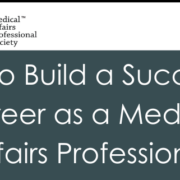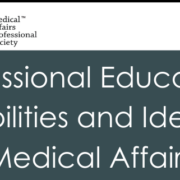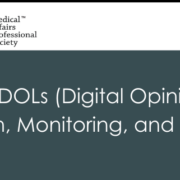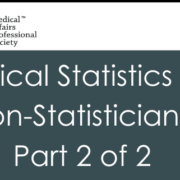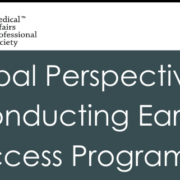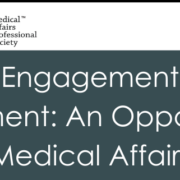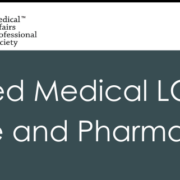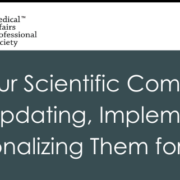Converting Challenges Into Opportunities While Building Your Scientific Communication Platform
The scientific communication platform (SCP) forms the core for all communications about a product and serves as the repository of available evidence and statements to support Medical Affairs strategy. View this Webinar on Converting Challenges Into Opportunities While Building Your SCP.


